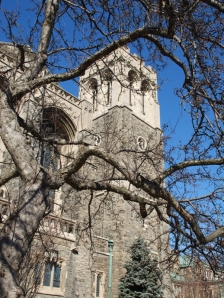
The Carillon Tower, Timothy Eaton Memorial Church
MUSIC OF REDEDICATION
When an organ, a church building, a communion chalice, prayer shawl or any other inanimate object is said to be somehow ‘dedicated’ to God’s service it is actually not so much about “the thing” – it is really about us. In committing a century of vision, investment, artistry, careful management and thoughtful reflection to its organ, our church has not just honoured a legacy or maintained an asset – it has sought God’s will for how our faith might be proclaimed in our time and place, and found a way both for us, and the world around us.
It might be easy for the music of the TEMC Organ Rededication Service at 11:00 today to be overshadowed by the glories of the festive concert planned for later that afternoon – so here, to avoid the risk, is perhaps the true heart of our Sunday celebrations. The service is broadcast live on CHIN Radio AM 1540 in Toronto, live-streamed on the Internet and podcast for download anytime at www.temc.ca (follow the Listen and Learn link, and either ‘Listen Live’ or ‘Find a Sermon’ searching for Sunday November 16.
BIG HYMNS: “Praise to the Lord, the Almighty”, “Now thank we all our God”, “O God beyond all praising”, and in the postlude “A mighty fortress is our God” – all voicing one of the highest tenets of the Christian faith, gratitude.
A LITURGY OF REDEDICATION that culminates in an improvised “Organ Praise” response in music.
A “CHOIR ANTHEM” BY THE ORGAN: In keeping with TEMC’s eclectic and outreaching musical tradition I’m offering two consecutive movements from Edward Elgar’s “Enigma” Variations, and most especially “Nimrod” – Elgar’s beloved testament to his closest friend and to a conversation they had about the slow movements of Beethoven Symphonies.
A POSTLUDE CELEBRATING THE REFORMATION: the Roman Catholic Church is the unquestioned founder and initial sponsor of the organ’s unique place in Christian worship to this day – but it was the Reformation that made it what it is throughout Christianity today – the main enabler of congregational singing looking both backward and forward in time.
PRAISE TO GOD for holy work in our midst, including music. Amen. Alleluia!
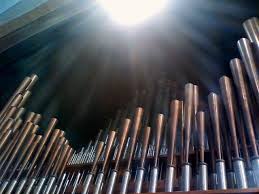
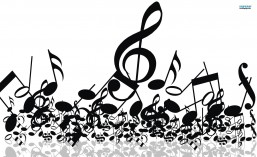

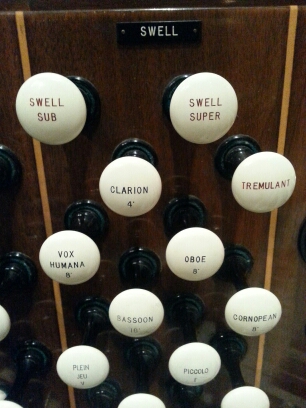
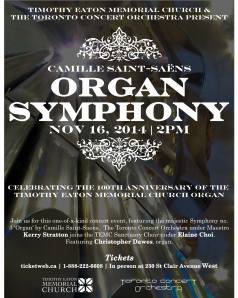 That moment when one of Canada’s great organs shouts out its incredible and unique music to celebrate its own 100th birthday… ORGAN SYMPHONY with the Toronto Concert Orchestra under Kerry Stratton and the TEMC Sanctuary Choir under Elaine Choi.
That moment when one of Canada’s great organs shouts out its incredible and unique music to celebrate its own 100th birthday… ORGAN SYMPHONY with the Toronto Concert Orchestra under Kerry Stratton and the TEMC Sanctuary Choir under Elaine Choi.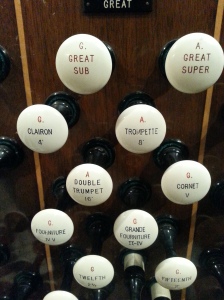


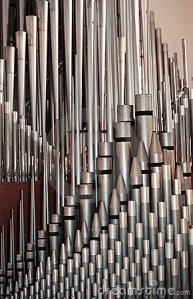 Its magnificent 5-manual, 7-division, 6120-pipe organ is 100 years old: TEMC is ushering in its second century of service, and IAM – IdeasAboutMusic.ca is serving as Internet home for that celebration.
Its magnificent 5-manual, 7-division, 6120-pipe organ is 100 years old: TEMC is ushering in its second century of service, and IAM – IdeasAboutMusic.ca is serving as Internet home for that celebration.